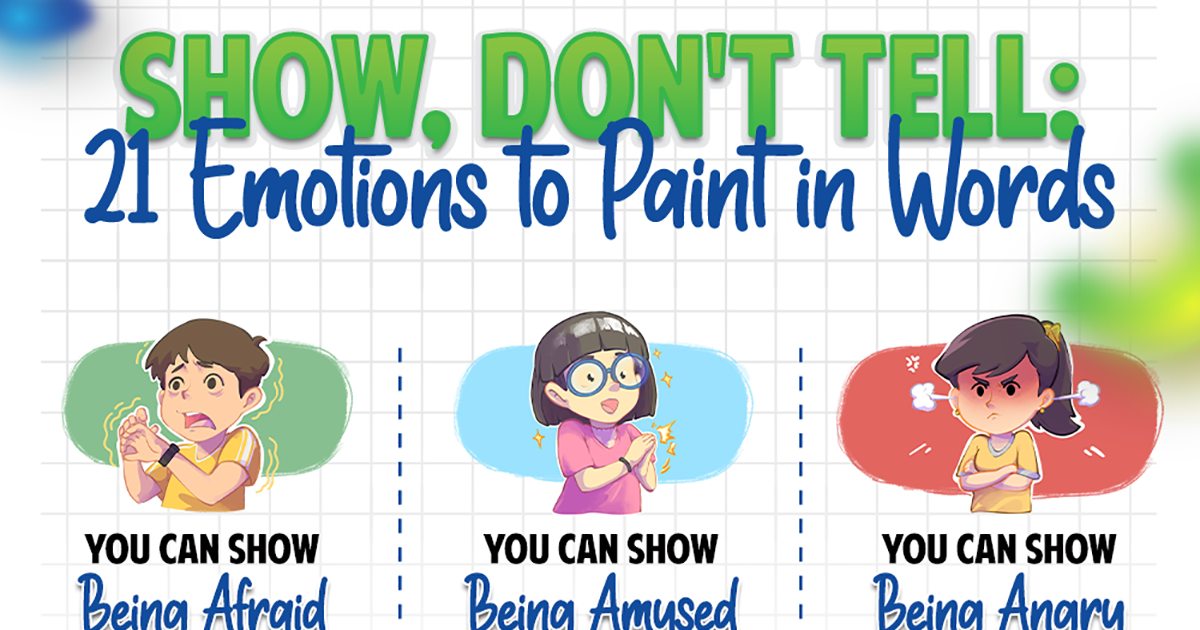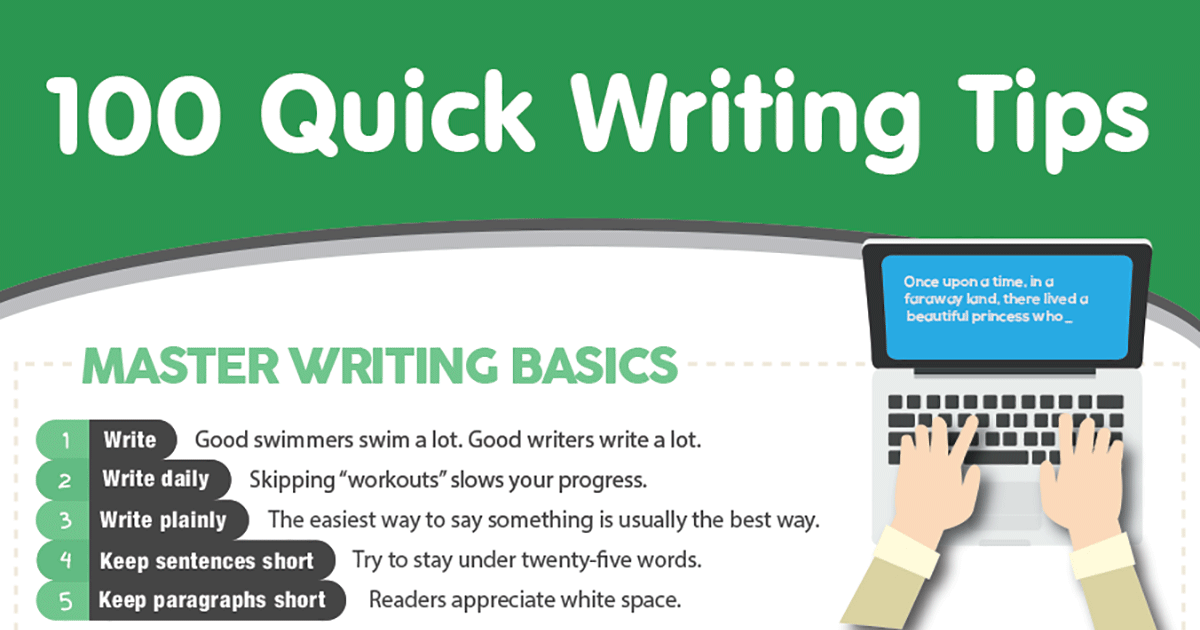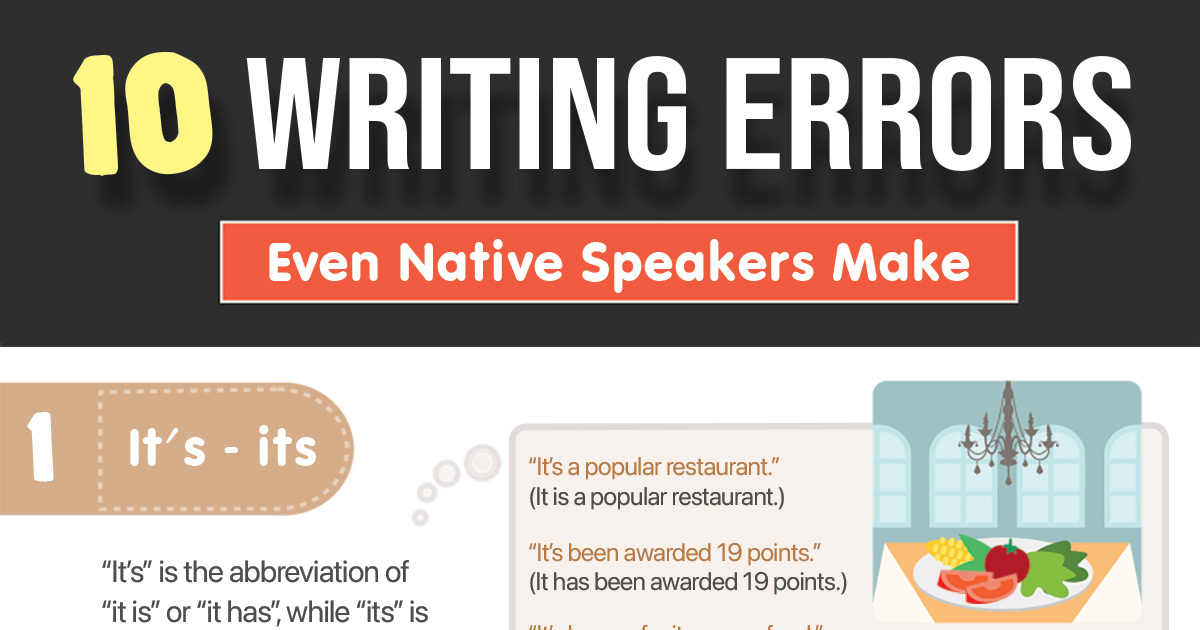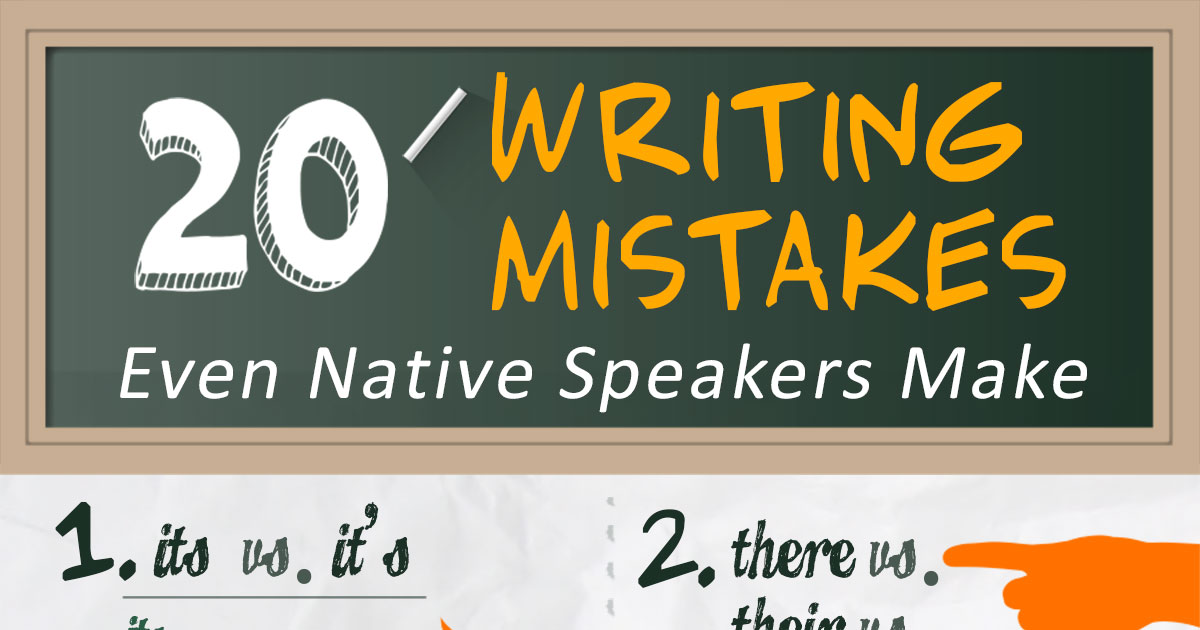 Congratulations—you've finally mustered enough creativity and patience to finally finish your write-up. The hardest part is over, and now all you need to do is review your entire write-up for any grammatical or spelling error.
Congratulations—you've finally mustered enough creativity and patience to finally finish your write-up. The hardest part is over, and now all you need to do is review your entire write-up for any grammatical or spelling error.
Sounds easy, right? Be careful, though—if you do not do this last step carefully, you might jeopardize a supposedly high rating of your excellent article just because of minor, "stupid" grammar and spelling mistakes. Not a good way to reward your hard work at all.
Proofreading, the process of carefully examining a text for any error, is a task often done hurriedly and unenthusiastically by tired editors or impatient writers. When done half-heartedly, the whole process consists of scanning the entire text without really zeroing in on errors individually. This is an understandable tendency of someone who has spent long and draining hours trying to finish a well-written write-up and is too tired to check for minor errors.
How, then, do you go through the process of proofread in an efficient and effective way in the short possible time? Here are 5 very practical tips you can use the next time you face an entire text for proofreading:
1. Change everything two fonts larger.
Nothing strains tired eyes more than reviewing a long text in a tiny font size. For the sake of this final step in your writing process, highlight everything and select a font face and size that's bigger than usual. This will greatly help you out throughout the entire proofreading process.
2. Read everything aloud.
This may sound time-consuming, but this is actually the quickest way to check for awkward sentences, run-on sentences (info), parallelism errors info), word choice mistakes, sentence fluency (info), and the overall voice of the article. It may come as a surprise to you just how many errors you can spot and correct when you read a text aloud compared to when you just scan everything with your eyes. Remember, your eyes are too tired at this point. This time around, make use of your ears to "listen" for mistakes. It works wonders.
3. Then, (silently) read the entire text backwards to check for spelling errors.
The mind actually works twice as much in analyzing every word when you read the sentences backwards. This is a foolproof way to check for spelling errors. However, not everyone actually has the time to do this, so a good spell checker can be of great help in this phase of your proofreading. Our spell checker can be used for free and may also give you suggestions on how to improve the grammar of the write-up.
4. Read everything again, but this time, have a blank sheet of paper covering up the parts of the write-up below the sentence that you're currently reading.
This technique is pure genius—it tricks the mind into NOT being overwhelmed with the rest of the paragraphs that it has to edit. By exposing only the sentence you're reading and proofreading, you essentially lead your brain into thinking that it only has that one line to edit at that particular time. A tired mind that is not overwhelmed works a lot more efficiently than a tired mind that is aware of the bulk of tasks it still has to finish. Also check out this guide by the UNC writing center.
And while we're on the topic of tricking your mind, go ahead and listen to feel-good music as you go along. Let's admit it—proofreading is a very boring job, and even though it doesn't require creativity, it does require that you be intensely focused. A little music in the background may help in lifting some of the pressure off your brain while still letting you do the proofreading job with focus.
5. If you have more time to spare, you may want to try the following:
a. Finish your write-up the night before, and then get up early in the morning to proofread your work. A freshly recharged mind is a very sharp proofreading tool.
b. To make your proofreading tasks easier in the future, make a checklist of the most common errors that you tend to commit in writing. If you have a tendency to mix up prepositions, note that down and be more mindful of that the next time you edit another piece. If you find yourself typing dangling modifiers, note that down as well. Do this for whatever grammar or spelling error that seems recurring in your piece. The next time you need to proofread an article, you can utilize the search shortcut of your word processor and type in these common errors to make your proofreading more systematic and efficient. Read more about common grammar errors here.
c. Print out your write-up and edit on paper. This particular tip works if you have to really focus on proofreading the content and flow of ideas in your text (not so much on grammar and spelling, though). Printing your work and going out to a garden or a relaxing spot with your editing pen is a good way to go about checking the logical flow of ideas in your text. This way, you can scribble corrections and new paragraphs in the margins of the print-outs.
d. If you really have a lot of time, read your work once for EACH type of grammar or spelling error. For instance, you may want to focus on parallelism on your first reading, then run-on sentences for the second reading, and so on. This is a very, very meticulous way of proofreading but one that guarantees the best results. Your work will surely be flawless after using this technique.
Whether you need to proofread within minutes or for days, this process of checking and re-checking your great written art is a step that should not be taken for granted (What does this mean).
Unfortunately, all it takes for a professor or a magazine editor to reject your work is a recurrent error or poorly constructed sentences, so even though you had genius ideas included in there, your work will get rejected. Do not allow this simple mistake to jeopardize your chance of getting published (or getting a high grade) by using the right techniques in proofreading, whether you will do it the fast way or the slow, very detailed way.












